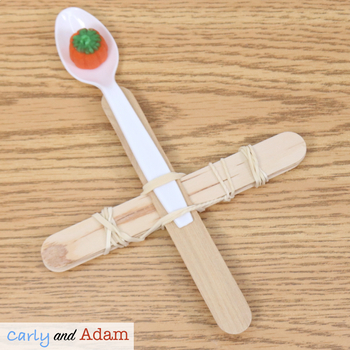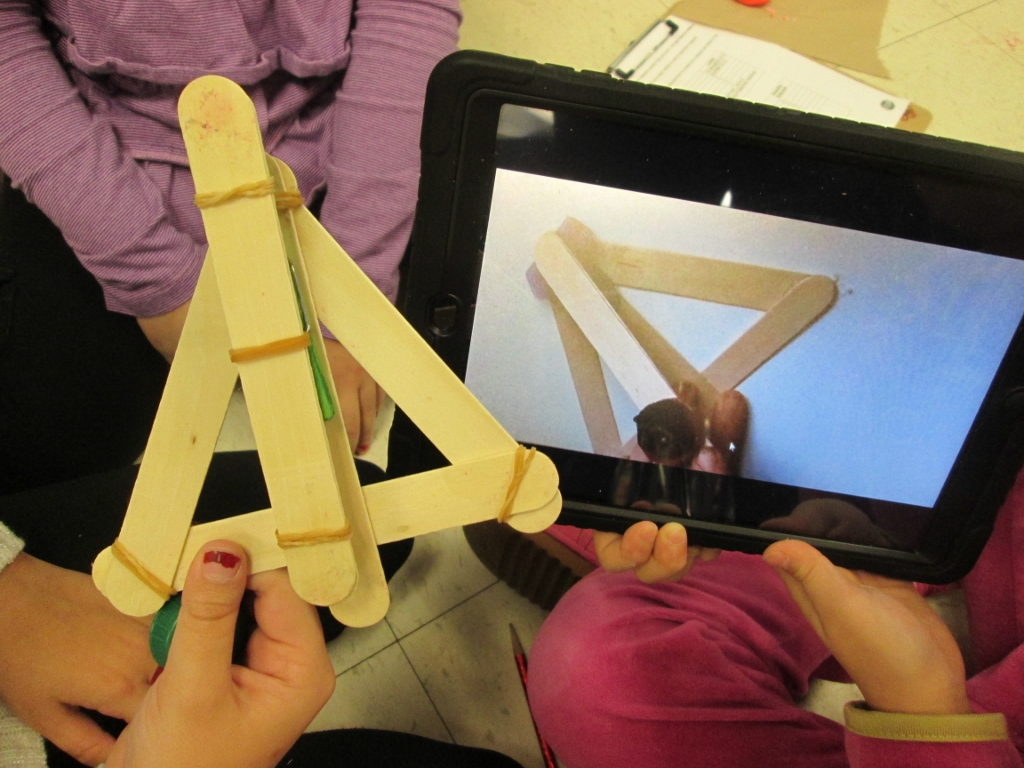


Note the -520 degrees assumes the lever starts in a vertical position.
#Candy catapult free#
Feel free to experiment with these values to adjust performance. This prevents (most of the time) multiple candies from falling into the channel before stopping the conveyor belt.
#Candy catapult update#
The reason for the 0.6 second delay in this loop is that it takes a while for the candy to fall into the gap below the light sensor and for the sensor to update what it sees. This works for cinnamon hearts, because they are red, and will hopefully work with other candies. By default the light sensor should see white when there is no candy present, and something other than white when a candy is present. It repeatedly turns motor A 50 degrees, which moves the conveyor belt forward a bit, until the light sensor detects a candy. The first loop is responsible for moving a candy from the hopper to the launch channel. After the image I’ll briefly go through each programming block to describe what is going on. You are welcome to modify it as you see fit, and depending on how you assemble the model some things might need to be adjusted. Thankfully this one is pretty simple, so I’m just going to share the screen capture of the program so you can recreate it yourself. Unfortunately, there doesn’t seem to be any way of sharing BOOST programs. Video can’t be loaded because JavaScript is disabled: Building my LEGO Candy Catapult () Programming the Model I’ve found best results when the hopper is less than half full. I mean, who complains when they get two candies for the price of one! For the hopper jamming up, I’ve found that it becomes more of a problem when there are more candies in the hopper. I guess the second one isn’t really a ‘problem’. The most common problems I’ve encountered are the hopper getting jammed and sometimes getting 2 candies loaded into the catapult at once. As with most LEGO robots, things don’t always work perfectly, so you may need to tweak some things for optimal performance. I’m using cinnamon hearts for the payload, but the machine can probably be adjusted to accommodate a variety of small candies. I give a thorough explanation of how the machine works in the original video I posted, so it is probably worth watching if you are planning to build it.

All the parts you need to build this robot come in the BOOST Creative Toolkit set 17101. Below you will find the instructions and program information for building your own copy of it. Last week I posted a video demonstrating a fun model I designed using the LEGO BOOST that catapults small candies across the room.


 0 kommentar(er)
0 kommentar(er)
